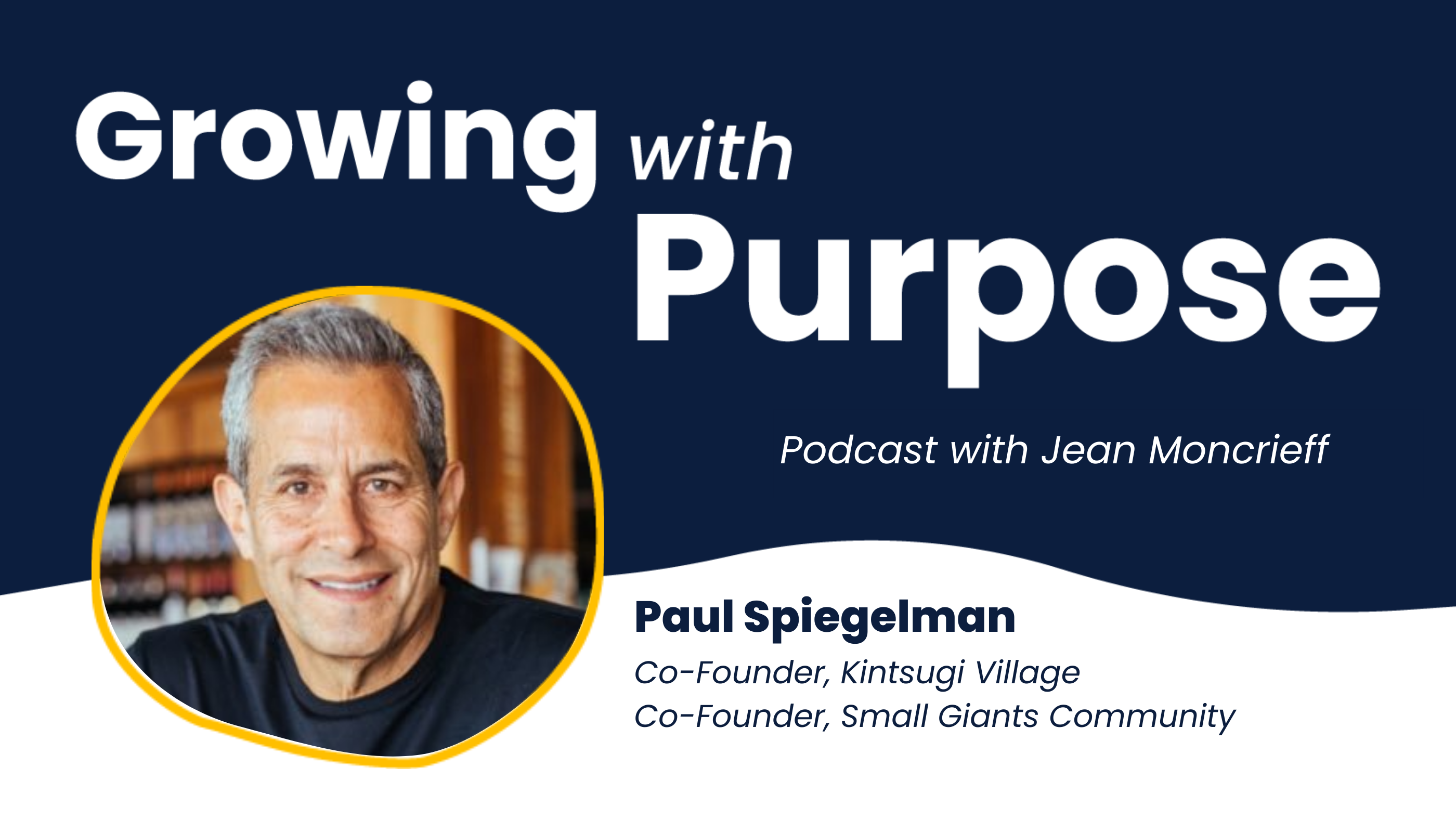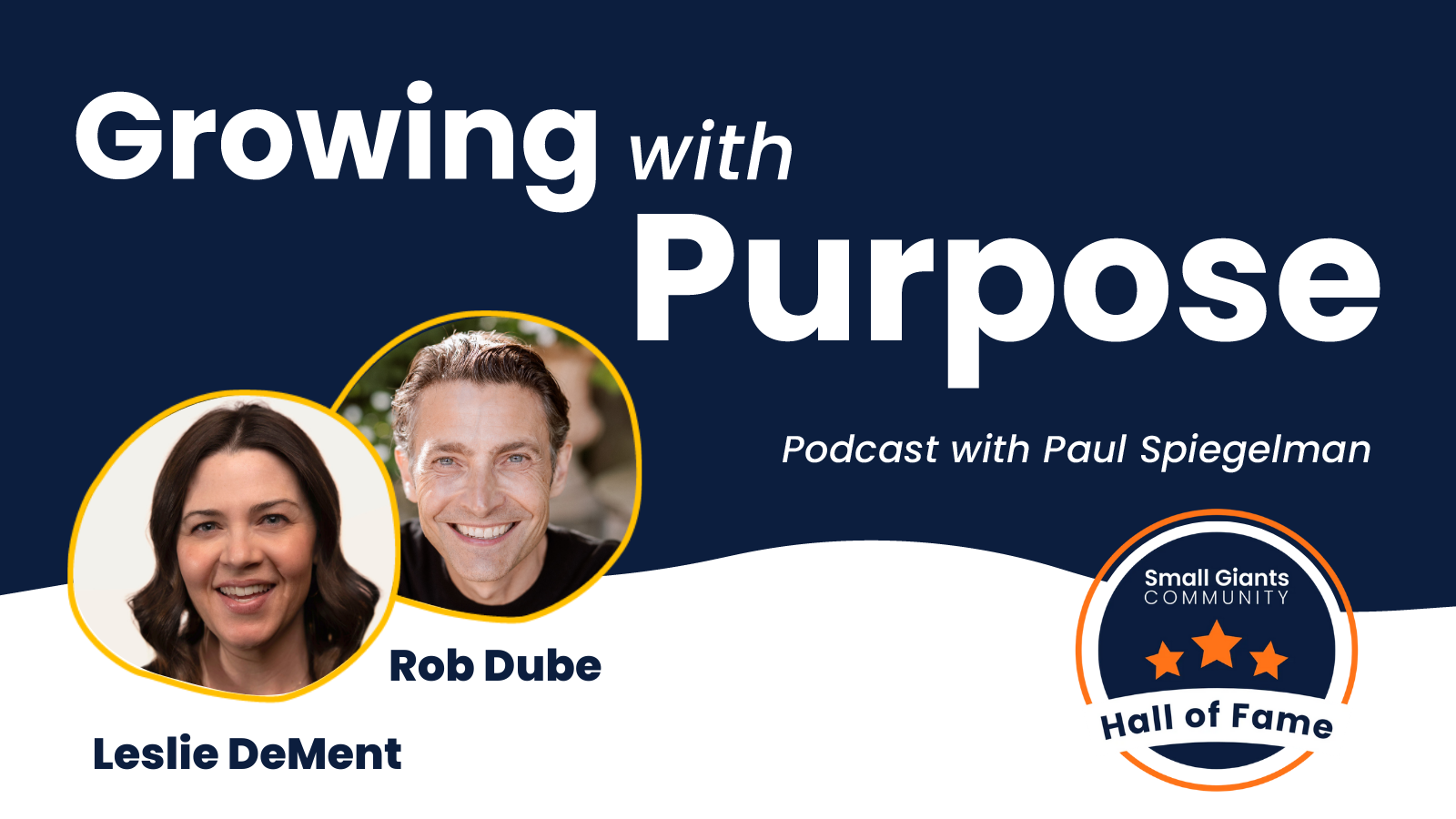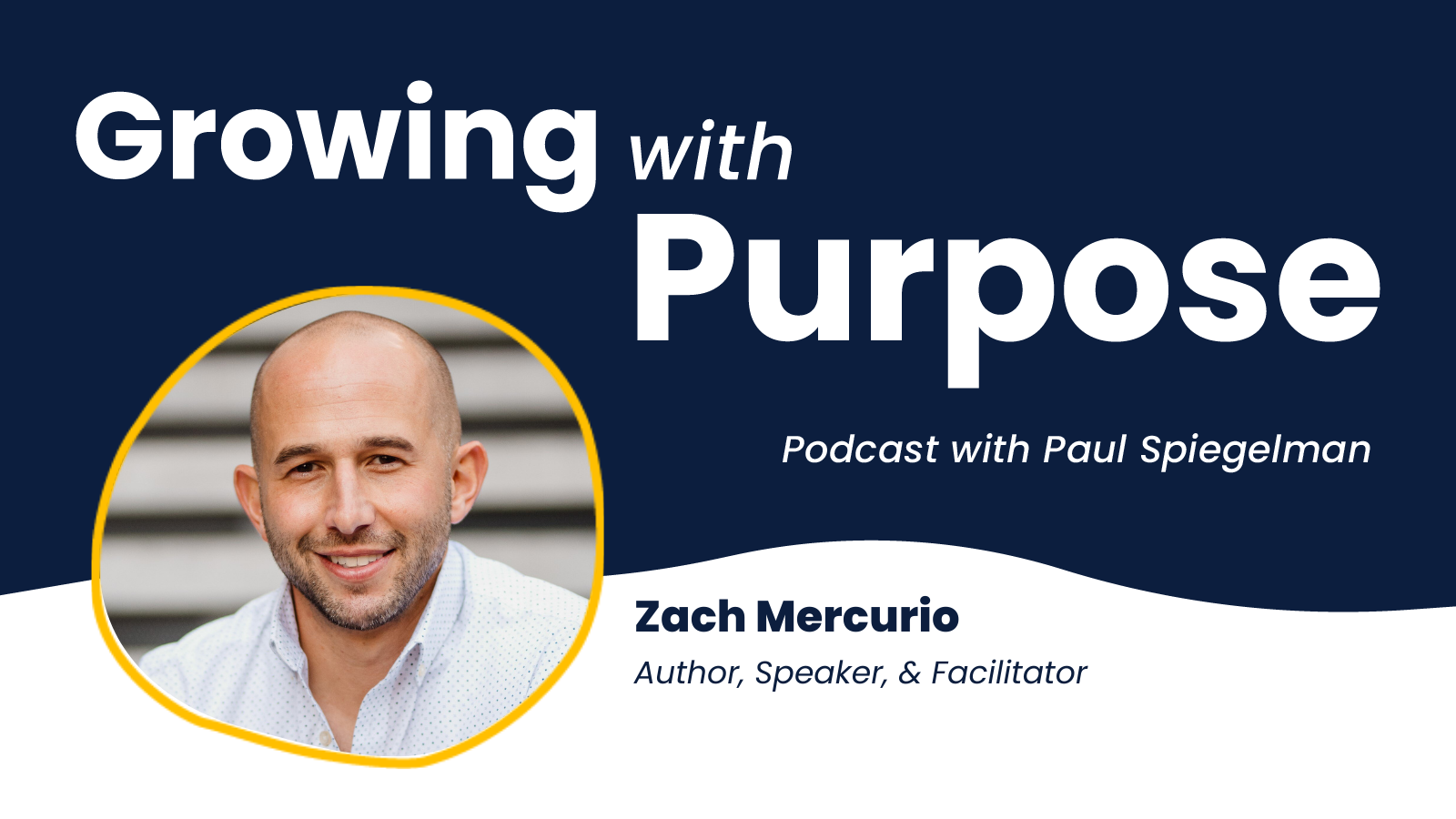3 lessons from 2016 that every values-driven leader needs to know
I think we’ll look back on 2016 as the end of the beginning of the values-driven leadership revolution, and the start of the next phase. Sometimes we prepare for something without realizing that’s what we’re doing. As I think about the challenges facing business leaders heading into 2017, I think that’s exactly what we — you, me, and all of the values-driven leaders we know — have been doing over the past several years.
There are three themes that emerged in 2016 that, for the modern leader, are worth reflecting on in order to challenge ourselves to embody their lessons to the next degree in 2017. As you’ll see, what makes these three themes important is that they live in that hard to define — and therefore hugely impactful — space between the personal and the professional. Are we talking about work? Are we talking about life? The answer is yes and yes. If we play our cards right, we can take these themes into the new year and evolve into the next phase of the values-driven leadership revolution.
Lesson #1: Frustration Runs Deep
Whatever your political viewpoint, November 8th taught us all a lesson about the limits of data — and of the gap between what people say they’re going to do and what they do when nobody is watching. Cognitive scientists have known this for years, but it’s a lesson for the modern leader, and an incredibly timely one given the explosion of morale, culture, and performance tracking apps and surveys (aka: “polls”) that you now have at your disposal.
The leadership lesson? If your organization is having a culture crisis, your people — including good, honest, and well-intentioned people — may tell you what they think you want to hear. But what could actually be true is that they’ve already disengaged from the vision, values, and plans you were certain everyone believed in.
What lesson can we learn from 2016 that transcends work and life? When it comes to finding out if people feel seen, heard, and valued as individuals, it’s best to assume they don’t. Assume the problem is way worse than it seems.
Okay, deep breath: this doesn’t mean reality is actually utter chaos. It’s simply an acknowledgement of how we all relate to authority, and the structural limits of being open and honest with someone who controls your paycheck in a highly insecure economic climate.
What’s the skill for 2017? Worry less about what people are saying, invest more in what they’re not. All these questions are on the worksheet you’ll find below, but ask yourself:
- What is the hidden message that my employees are trying to express that I can invite out into the light of day?
- Where's the place I'm resisting to go as a leader — because I'm embarrassed, ashamed, or afraid — and how can I embrace that discomfort in 2017?
Lesson #2: The Values Shift — From Intention to Impact
One of the most consistent pain points I hear from leaders is about the values gap: the gap between stated values and how they are embodied in the moments and transactions of the work day. As we come to the end of this first phase and enter the next, we’re learning that even the most well-articulated values, vision statements, and even agreed upon goals are largely impotent when it comes to changing personal behavior over the long term. We need another antidote for that.
In this new phase, the conversation shifts from talking about values to talking about the impacts of not embodying them. By focusing on how someone (including yourself) is not embodying a value and how that shows up in real life, it becomes that much more real that much more quickly, and sparks the motivation to change in a way that simply articulating the value itself can’t.
So, how does one person’s behavior (from the most junior employee up to the C-suite) impact all the other humans who are relying on them throughout the day?
Understanding how your behavior impacts others gives you a new perspective on how you do and don't show up — the self you bring to work — that you couldn't see before. The challenge now is to shift the values conversation into a personal frame, considering not what the business wants but how showing up (or not) with those values makes you the next better version of yourself.
Ask yourself: Right now, who is doing what that causes anxiety, frustration, worry or anger for their teammates, for their manager, and, as a result, for themselves? The most valuable thing you can do for your team in 2017 and in this new phase is to help them find a personal growth theme — the gap between one stated value and their current ability to embody it — and mentor them through it. It’s a daring leadership pivot, but it’s the one that the modern “A-player”, not to mention our millennial workforce, are crying out for.
What’s the skill for 2017? Identify someone you want to help grow, let’s call him Tom. Describe the theme or pattern they most struggle with (E.g., taking creative risks). Now fill out these questions:
- When Tom struggles with [taking creative risks, etc.], it has a negative impact on his teammates because then they have to ___________________________.
- When Tom struggles with [taking creative risks, etc.], it has a negative impact on me, as his manager, because then I have to ___________________________.
- When Tom struggles with [taking creative risks, etc.], it has a negative impact on his teammates because then they have to ___________________________.
- When Tom struggles with [taking creative risks, etc.], the way I could see that impacting his personal life might be ___________________________.
(Note: We’ve created an online tool you can use to try these questions out called the Growth Meeting Guide).
Lesson #3: Personal Growth is the New Task of Leadership
While many have been talking about company culture for a decade or more, the conversation really exploded in 2016. The number of new brands, consulting and otherwise, focused on helping you create a workplace that employees will love gets larger every day. Some are focused on culture-building activities or perks, others on offering training in mindfulness or other forms of evolved communication. Irrespective of the form, we now understand that personal growth doesn’t happen in a vacuum: it requires institutions and workplaces that can successfully foster it.
What’s the skill for 2017? It’s all about redefining what we think of as personal growth. Rather than thinking of personal (or spiritual) growth as something we do on our own, let’s embrace a new frame: personal growth is who we think we are, who we find out we are when we get into relationships with others, and the long and winding road it takes to close the gap between the two.
Understood in this way, we see how we can be more instrumental than ever in supporting our employees by asking questions instead of simply giving answers. When your employee isn’t showing up, and you are tempted to turn inward and give up, what they need most is the opposite: they need you to help them work on themselves.
This is what the modern “A-player” demands. It won’t be easy — just because people say they want accountability, personal responsibility, and the freedom to take creative risks, doesn’t mean it’s going to be a bed of roses when you give it to them. Keep that in mind when you encounter some resistance along the way — you might be more on track than you realize.
Final Thoughts: Embracing the Challenge to Lead in 2017.
There’s never been a more interesting, challenging, or rewarding time to lead a team of people. The number of “threads” you have to deal with that live between and all around the hard systems and clear data — the interpersonal complexity, the background cultural dynamics — it’s beyond what anybody signs up for when they start a business or take on a new leadership role.
But nevertheless, the rules have changed. As a modern leader, you have to find a way to:
- Provide people with the opportunity for genuine self-development at work.
- Give people autonomy and ensure collaboration — simultaneously.
- Create an interpersonal culture where each person is seen, heard, and valued.
- Navigate and raise awareness of unconscious bias and gender dynamics, creating a culture of inclusion that welcomes diversity.
...And you have to navigate all of those interpersonal and group dynamic spaces in the most politically and culturally complex climate of our lifetime.
What if you chose to see everything that happened in 2016 as preparation for the next leg of the journey? What if you are far more prepared than you think — not because you suddenly discovered all of the answers, but because this past year forced all of us out of our comfort zones and into a new world that’s more malleable than ever before?
Let’s make 2017 the year that we lean into that uncertainty — the challenging, messy, and impossibly human process of creating a culture where nobody has to split themselves between who they are and what they do in the world.
It starts by making the pivot from intention to action: from knowing what we should do to actually taking the risk to do it in the small moments in our day. Instead of waiting, have the awkward conversation — name the problems that you don’t know how to solve. By listening to the voices that are hardest to hear, you’ll make 2017 the first year of your next phase of values-driven leadership.





Submit Your Comment